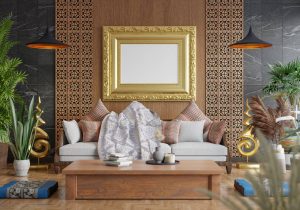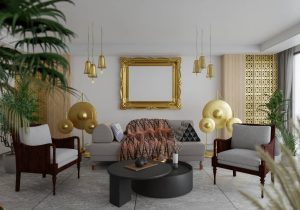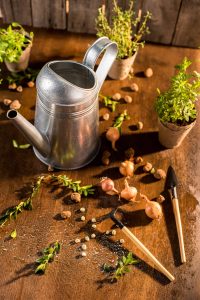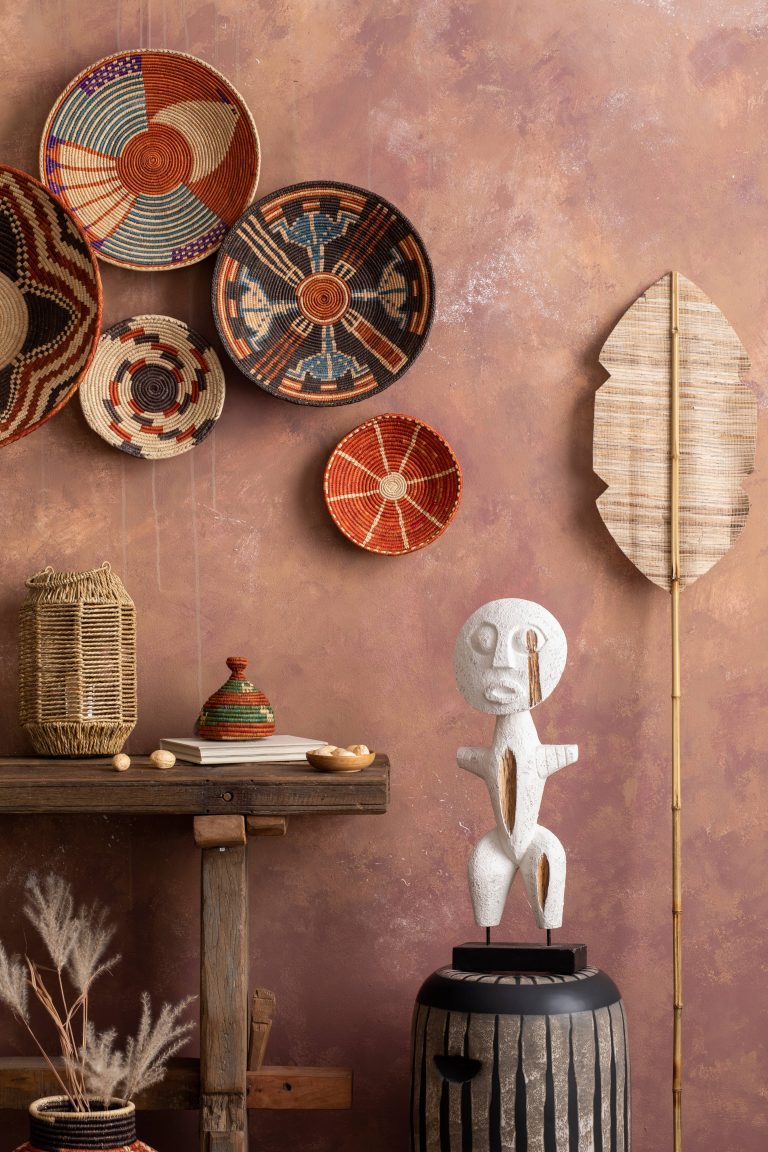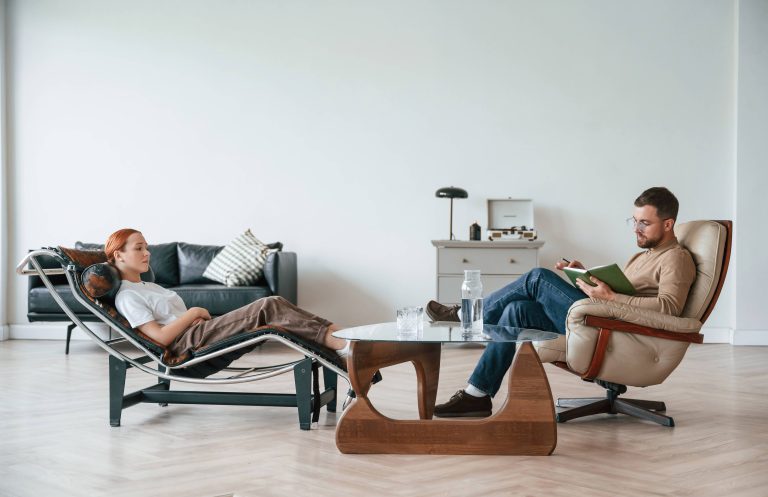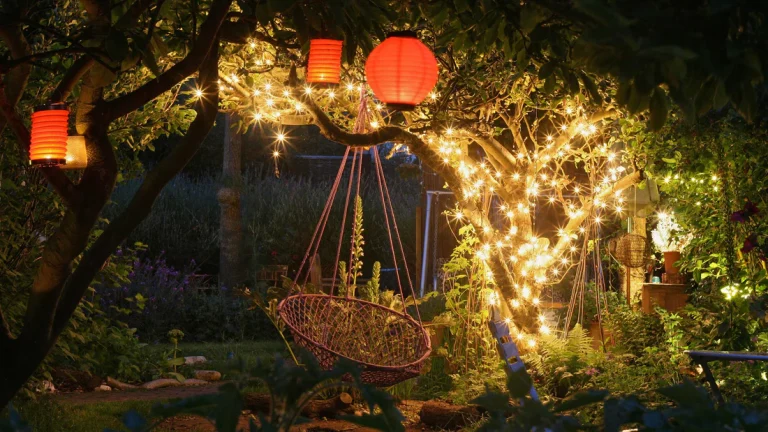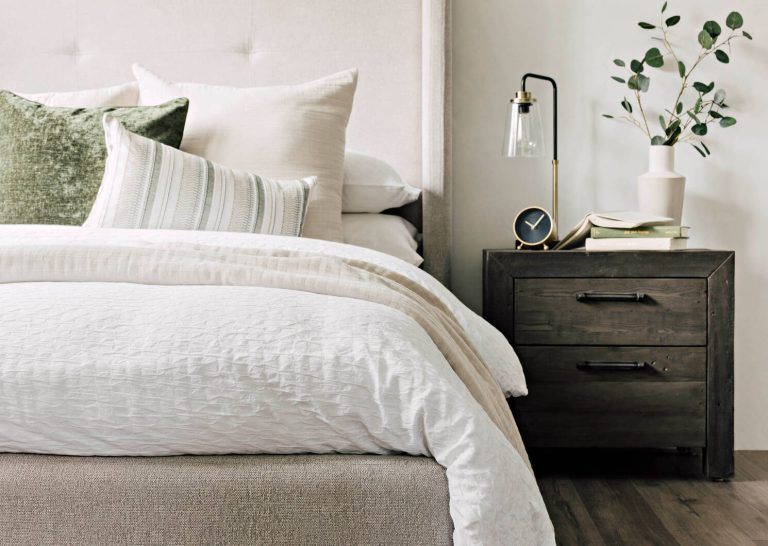
In the realm of home furnishing, certain pieces are more than just functional—they’re an expression of your personal style and a vital component of your home’s aesthetic tapestry. Among these, bookshelves hold a special place. They’re more than mere storage objects; they are platforms for showcasing not only your literary preferences but also your decorative prowess. Selecting the ideal bookshelf for your home involves a delicate blend of style, space management, and functionality. Here’s how you can embark on this journey to find the perfect one that fits your home’s needs.
Understanding Your Space
Before you even begin browsing, take a critical look at your available space. Understanding the dimensions and layout of the room where you plan to place the bookshelf is crucial.
– Measure Accurately: Start by measuring the wall or corner where the bookshelf will be placed. Consider height, width, and depth. Don’t forget to factor in skirting boards and radiators.
– Room Shape and Walkways: Consider the overall shape of the room, including walkways and the flow of movement. Your bookshelf should enhance, rather than hinder, this flow.
– Ceiling Height: Tall ceilings can accommodate taller bookshelves, which allow for more storage and can create a dramatic focal point. Conversely, in spaces with lower ceilings, opting for a lower, wider unit can create a sense of scale and proportion without overwhelming the space.
Matching Style and Function
Once you have a grasp on the physical space, think about style and how the bookshelf fits into the room’s existing décor.
– Material Matters: Bookshelves come in a range of materials such as wood, metal, and composite materials. For a classic, timeless look, wood (such as oak or walnut) is often preferred. For a more industrial or modern vibe, metal could be a better fit.
– Color and Finish: The color and finish of your bookshelf should complement or contrast with your existing furniture. Lighter tones can make a room feel airy and bigger, while darker tones bring warmth and intimacy.
– Design and Aesthetics: Decide whether you prefer open-back designs, which are more contemporary and also serve as room dividers, or traditional closed-back styles. Similarly, consider whether you’d like a built-in or freestanding unit, the former offering a more seamless, integrated look.
Storage Needs and Organization
Once style and space have been considered, think about what you’re going to store.
– Book Collection Size: If books are the primary focus, consider their number and dimensions. Adjustable shelves are recommended for varied book sizes.
– Beyond Books: Bookshelves can also display decorative items, picture frames, and plants. Opt for units that offer varied shelf heights and perhaps built-in drawers or cabinets for hidden storage.
– Weight Bearing: Assess the structural integrity based on what you plan to store. Heavy books require sturdier shelving and perhaps wall-mounted supports.
Innovative Features
Modern bookshelves come with a plethora of additional features to enhance both functionality and aesthetics.
– Integrated Lighting: Some units come with built-in lighting, perfect for highlighting collections or providing soft ambient lighting in a room.
– Modular Designs: Modular or sectioned bookshelves provide flexibility, allowing you to adapt or expand your setup over time.
– Tech-Friendly: In our digital age, some bookshelves offer integrated USB ports or charging stations, combining traditional storage with modern needs.
Sustainability and Quality
Consider the durability and sustainability of the materials used in your chosen bookshelf. Investment in quality materials not only assures longevity but also reflects a mindful approach to environmental issues.
– Eco-Friendly Materials: Look for options crafted from sustainably sourced wood or recycled materials.
– Craftsmanship: Examine the joinery and finish. Higher-quality pieces will have solid construction joints and smooth finishes, without gaps or rough edges.
Establishing a Budget
Determine your budget before shopping, as bookshelves are available at a wide range of price points. Quality doesn’t necessarily mean expensive; it’s about finding the best value.
– Set Priorities: Decide if you are willing to allocate more budget for design versus durability or vice versa.
– Consider Second-hand Options: Vintage and second-hand bookshelves can add unique character to your home and are often more budget-friendly.
Conclusion
Selecting the ideal bookshelf for your home is a unique journey that blends functional needs with personal style. It’s about striking a balance between space optimization, aesthetic appeal, and utility while reflecting your identity within your home’s décor. Whether you’re housing a vast collection of novels or a mix of books and decorative objects, the right bookshelf can transform any room, imbuing it with charm, character, and a personal touch. Remember, choosing a bookshelf is not just a decision of décor—it’s an investment in your home’s personality. Shop mindfully, consider every detail—from materials and size to features and budget—and let your bookshelf tell its own story within your home.



